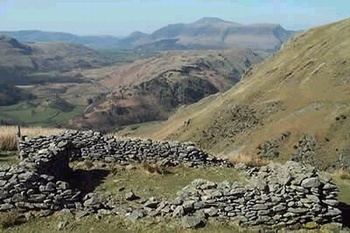Country Jordan Time zone GMT +2 Province Tafilah Governorate | Founded 1100 B.C. Area code 3 | |
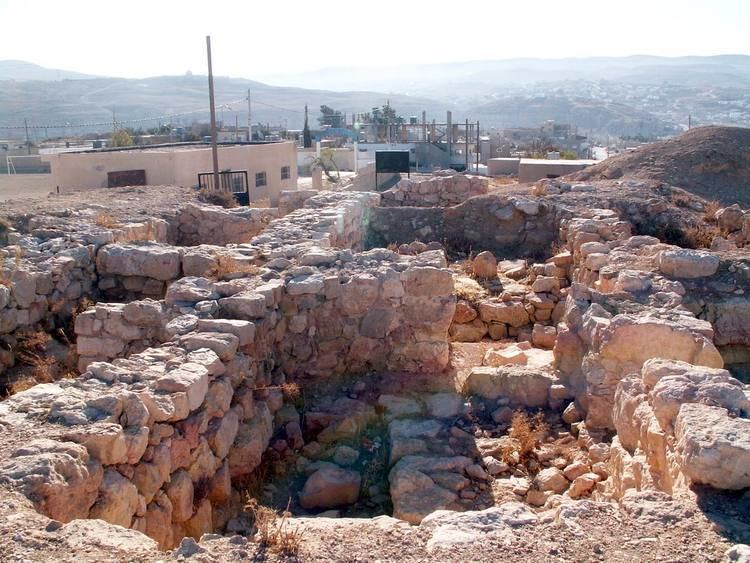 | ||
Weather 7°C, Wind NW at 26 km/h, 79% Humidity | ||
Bozrah
Botsra, Botzrah, Bozrah (Arabic: بصرة,Hebrew: בצרה) is an ancient biblical city in southern modern-day Jordan, adjacent to the modern town of Bouseira (alternatively Buseirah or Busheira.) It is located in the mountains of Jordan 20 km to the south of Tafilah (between Tafilah (Tophel) and Shoubak and closer to the latter.)
Contents
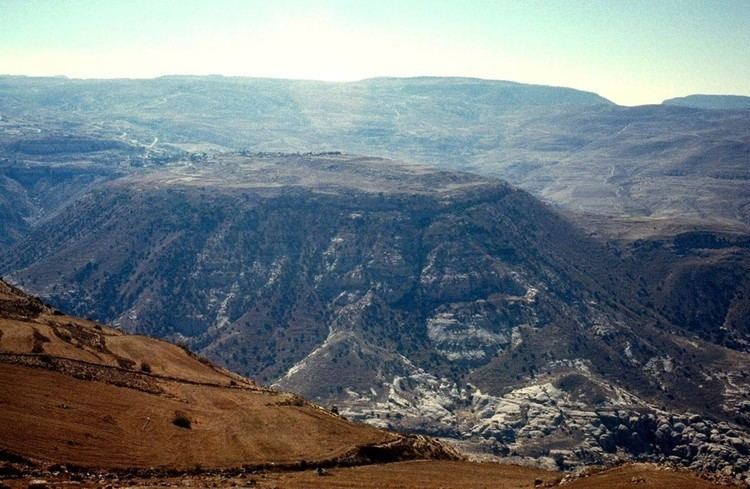
Bozrah the place of deliverance and judgment
History
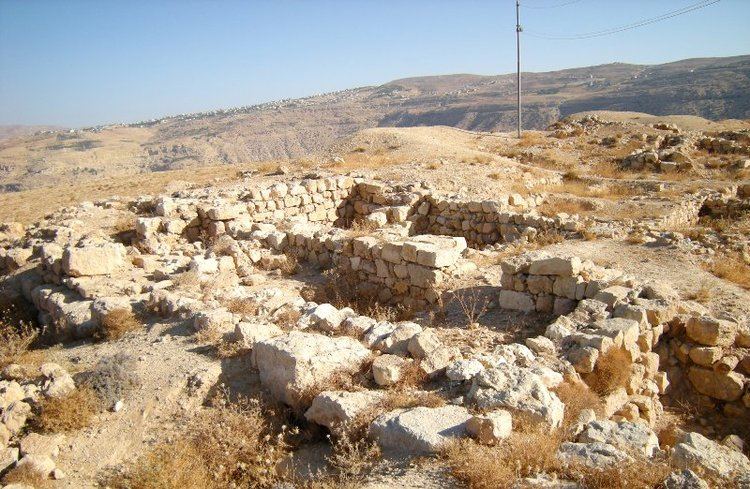
Bozrah was the capital city of Edom. According to the Old Testament, the city was the homeland of Jacob's twin brother, Esau. Bozrah means "sheepfold" and was a pastoral city in Edom southeast of the Dead Sea.
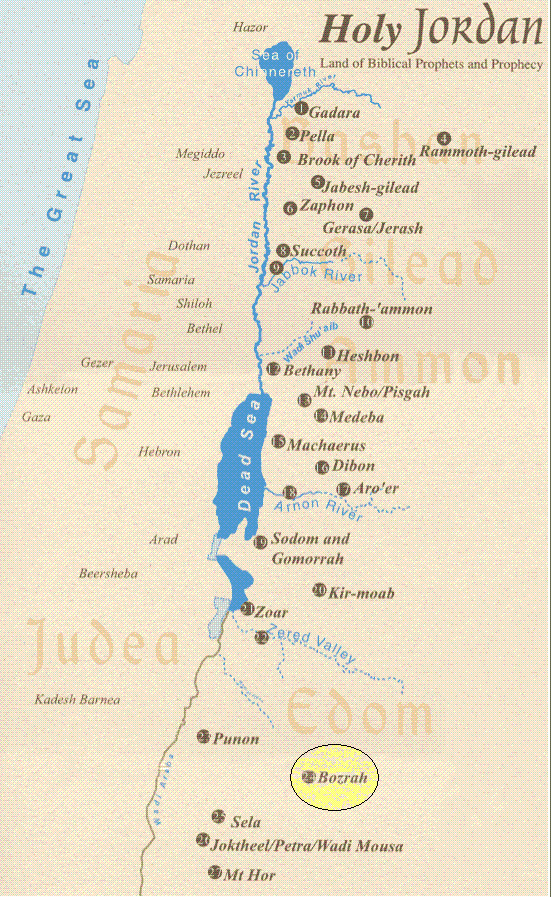
The prophets Amos, Isaiah, and Jeremiah predicted Bozrah's destruction.
"But I will send a fire against Teman, and it shall devour the palaces of Bozrah". (Amos 1:12)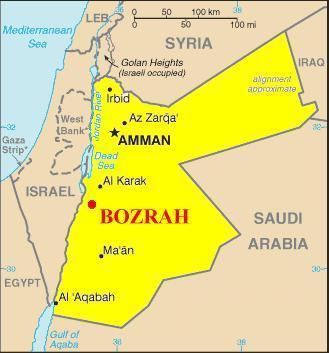
According to Isaiah 63:1-6, the Lord will come from Edom (modern-day Jordan) and Bozrah on the day of vengeance and the year of redemption (cf. Revelation 19:13).
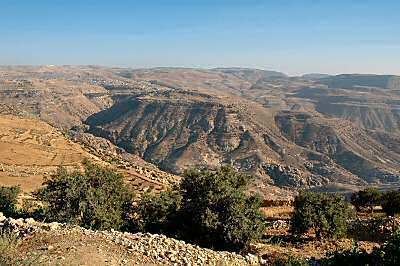
"I swear by myself," declares the Lord, " that Bozrah will become a ruin and a curse, an object of horror and reproach; and all its towns will be in ruin forever." (Jeremiah 49:13)
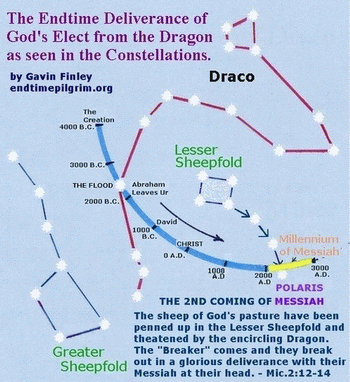
According to one Christian interpretation of Micah 2:12-13, Bozrah, (or a place the Bible cryptically refers to as Bozrah), will also be the scene of a magnificent "break-out" of God's covenant people. According to this interpretation the deliverance will come at an Edomite controlled place of exile and incarceration in the End times. This epic event referred to in Micah 2:12-13 has been referred to by Dr G Finley as "the Bozrah deliverance". Bozrah is in the Hebrew, but most translators render it as "fold" - sheep in the fold. This "break-out" could be tied to Zechariah 14:1-5, when Yahweh fights against the nations, stands on the Mount of Olives (east of Jerusalem), and splits the Mount in two as a valley, so that the remnant of Israel trapped in Jerusalem can escape those who would kill them. If so, Micah 2:12-13 would not relate to the locale of Bozrah.
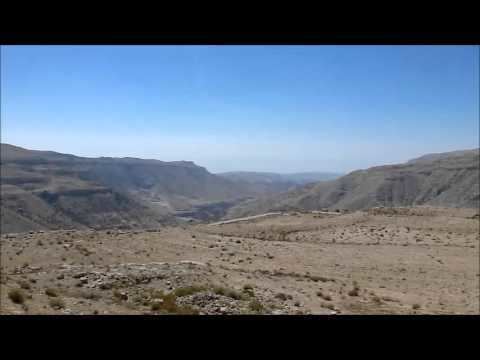
The notion of a remnant in Jerusalem fleeing through a split Mount of Olives derives from the Masoretic reading of Zechariah 14:5. The Septuagint (LXX) states in Zechariah 14:5 that a valley will be blocked up as it was blocked up during the earthquake during King Uzziah's reign. Jewish historian Flavius Josephus mentions in Antiquities of the Jews that the valley in the area of the King's Gardens was blocked up by landslide rubble during Uzziah's earthquake. Israeli geologist's Wachs and Levitte identified the remnant of a large landslide on the Mount of Olives directly adjacent to this area. Based on geographic and linguistic evidence, Charles Clermont-Ganneau, a 19th-century linguist and archeologist in Palestine, postulated that the valley directly adjacent to this landslide is Azal, the location mentioned in Zechariah 14:5 to which the remnant in Jerusalem is to supposedly flee. This location accords with the LXX reading of Zechariah 14:5 which states that the valley will be blocked up as far as Azal. If Clermont-Ganneau is correct, the notion of people fleeing east through the Mount of Olives to Azal is impossible because the valley he identified (which is now known as Wady Yasul in Arabic, and Nahal Etzel in Hebrew) lies south of both Jerusalem and the Mount of Olives.
